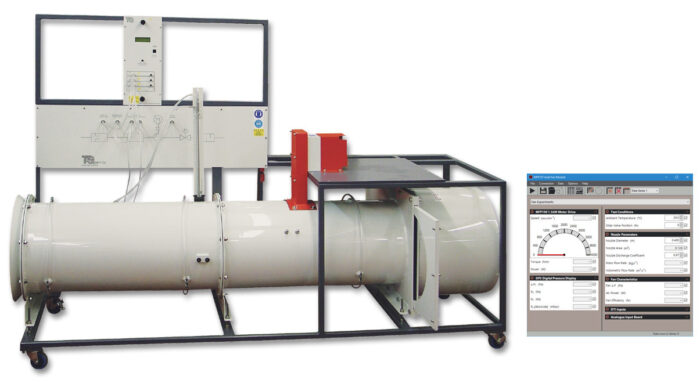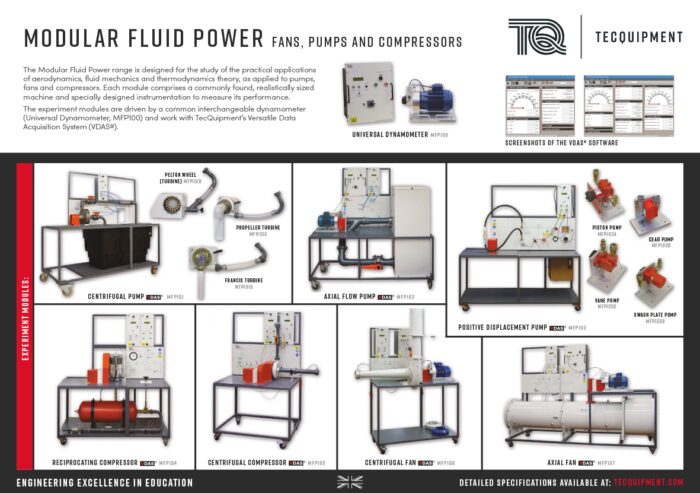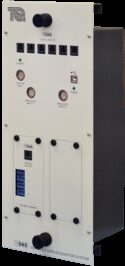Base Unit
MFP107

AXIAL FAN MODULE
A self contained floor standing mobile unit that includes an axial fan, duct and instrumentation. It allows students to study and perform tests on an axial fan, to understand how it works and calculate its performance.
If you have any questions or you'd like to discuss a product, please call us.
+44 1159 722 611AXIAL FAN MODULE
For use with and driven by the Universal Dynamometer (MFP100, available separately), the Axial Fan Module is part of TecQuipment’s Modular Fluid Power range. The Axial Fan Module is ideal for student experiments, demonstrations and projects.
Axial fans move air in a wide range of applications from ventilation in domestic and commercial buildings to mines and agriculture. For these reasons it is important for engineers to be able to study and understand the characteristics of axial fans.
The module has an axial fan mounted in a cylindrical steel duct. Air enters the duct through an inlet nozzle. The pressure at a set of tappings just downstream of the nozzle allows calculation of the inlet air flow rate. A slide-valve (downstream of the fan) controls flow rate and delivery pressure. Air exits the duct through a silencer to reduce noise in the laboratory.
TecQuipment’s Universal Dynamometer measures the speed, torque and power of the axial fan. Two more sets of pressure tapping points measure the pressure difference across the fan. Each tapping point has three tappings arranged at 120-degree separation around the duct to give a good average value at that location. A traversing Pitot tube with a calibrated scale allows students to find the velocity distribution across the duct. The Pitot tube fits to a choice of two positions, to allow students to move it across the duct in two axes.
For quick and reliable tests, TecQuipment can supply its optional Versatile Data Acquisition System(VDAS®). This gives accurate real-time data capture, monitoring and display, calculation and charting of all the important readings on a computer (computer not included). VDAS® will also log the position of the optional Pitot-Static Traverse (MFP107a).
Learning outcomes
- Characteristics of an axial fan, including head against flow efficiency
- Relationship between power and speed (Power Law)
- Velocity distribution in a round duct
- Calibration of an inlet nozzle
- Duct resistance and matching to fan to find operating point









